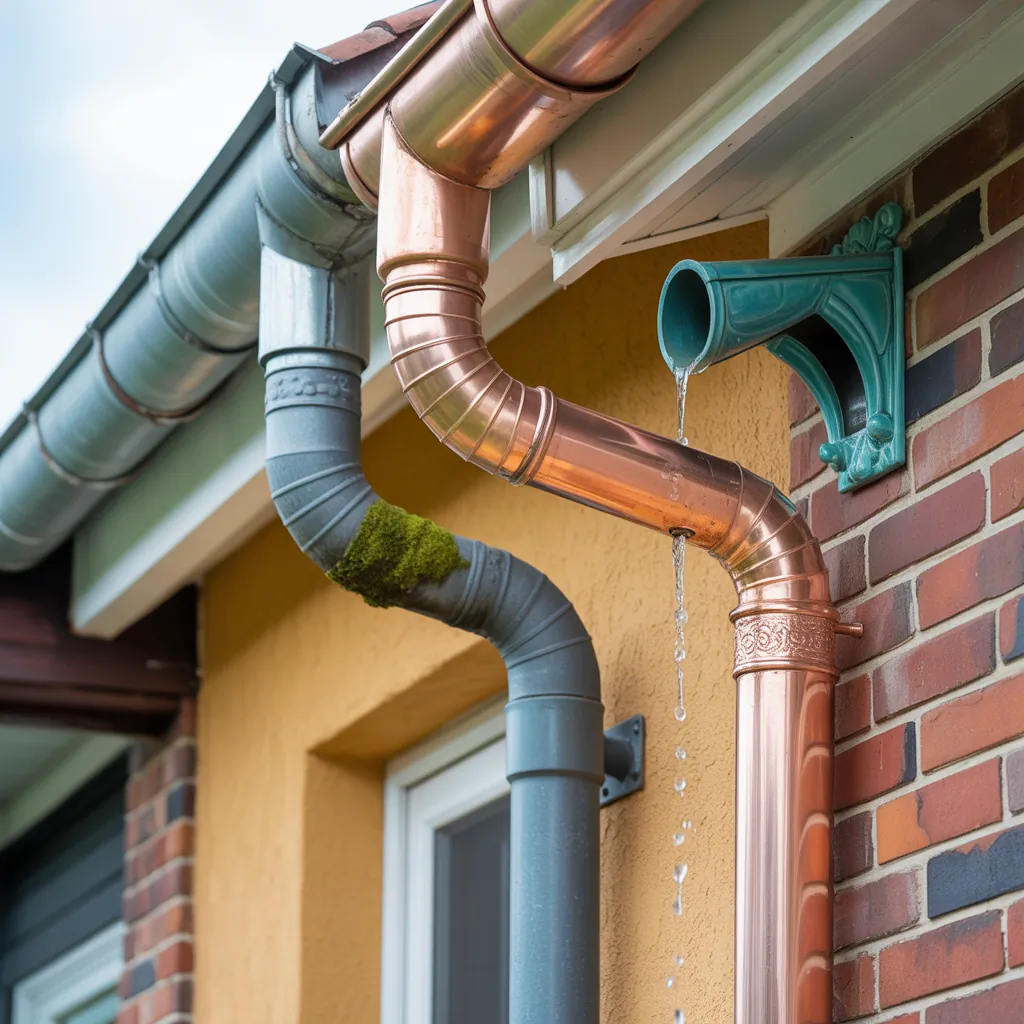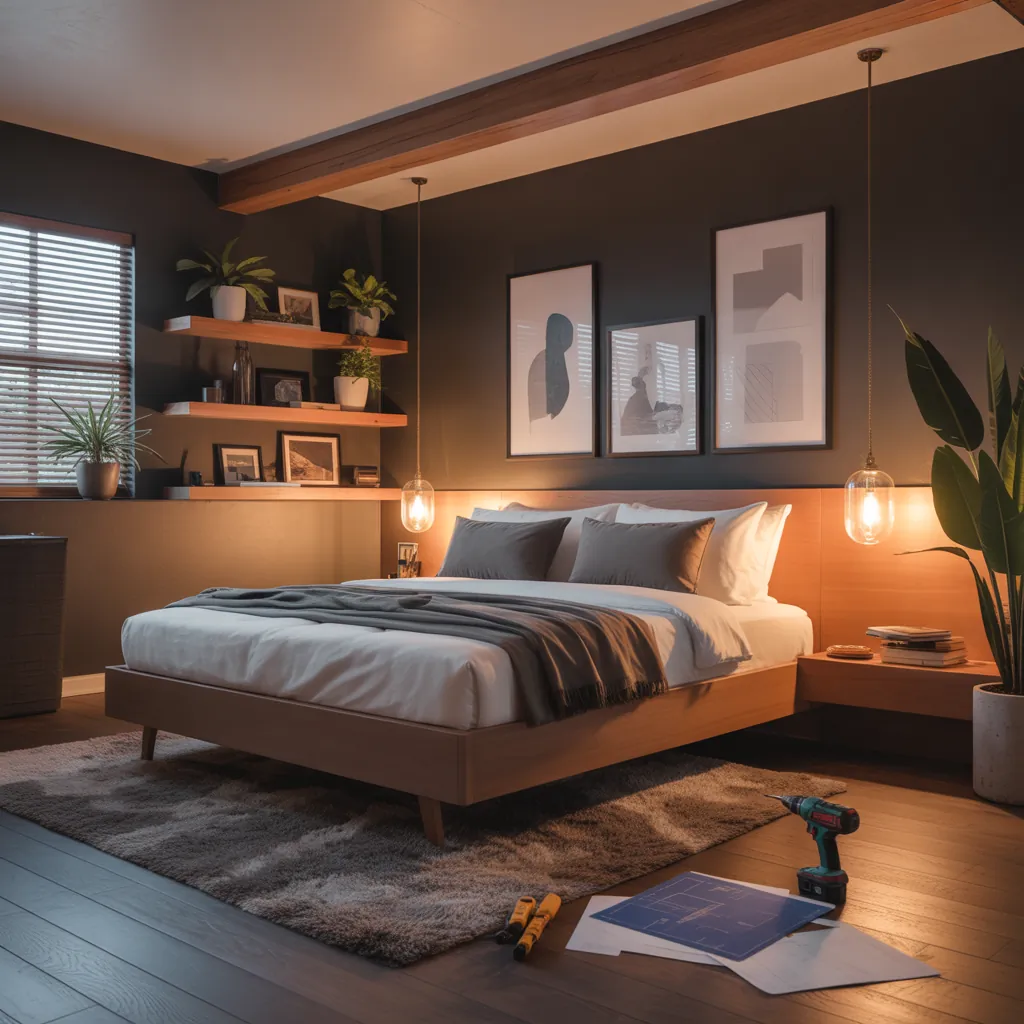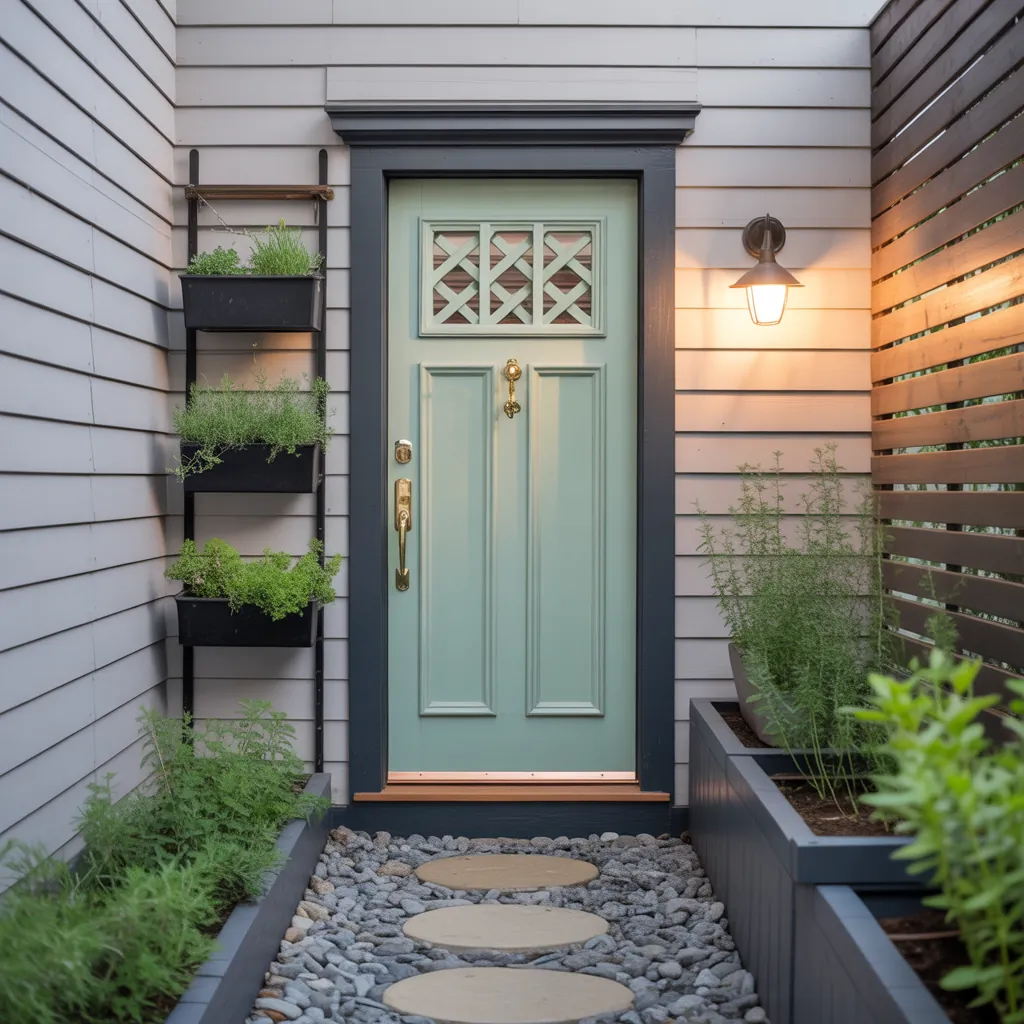Ever looked at a plain metal downspout and imagined something more—maybe a charming copper rain chain or a clever planter that collects roof runoff? If your home’s exterior feels unfinished because of boring drain pipes, decorative downspout drainage options can turn a functional necessity into a curb-appeal feature. Whether you’re tackling a weekend DIY or planning a full exterior refresh, this guide gives practical ideas, step-by-step projects, and design inspiration to make your drainage system both useful and beautiful.
Why upgrade your downspout? Function meets form
Downspouts protect your foundation by channeling roof water away from your home. But plain PVC or painted steel can detract from a carefully designed façade. Upgrading to decorative downspout drainage options—like rain chains, buried drainage systems, or downspout planters—lets you maintain water control while enhancing your home’s look and landscape.
Benefits at a glance
- Improved curb appeal and home value
- Better water distribution—prevents erosion near foundations
- Opportunity for creative landscaping and materials (copper, bronze, stone)
- Low-cost DIY installs or simple contractor upgrades
Decorative downspout drainage options (practical choices)
Here are popular solutions—each with design notes, pros, cons, and DIY tips.
1. Rain chains
Rain chains replace vertical downspouts with a visual water feature. They come in copper, brass, or galvanized steel with cup or link styles that guide water gently to the ground or a basin.
- Pros: Beautiful, no digging required, easy to install.
- Cons: Less efficient in heavy storms unless paired with a splash block or basin.
- DIY tip: Attach a funnel or converted splash block at the base to direct overflow to a French drain or pop-up emitter.
2. Downspout planters and vertical gardens
Convert runoff into irrigation by installing a downspout planter or cascading pocket planter at the base. This is a great eco-friendly option for watering native plants or herbs.
- Pros: Dual-purpose—drainage + irrigation; adds greenery.
- Cons: Requires occasional maintenance to prevent clogging.
- DIY tip: Add a removable debris screen where the downspout feeds the planter.
3. Decorative splash blocks and stones
Replace a plain concrete splash block with decorative stone, tile mosaic, or custom-cut slate. These direct water away from the foundation while matching your hardscape.
- Pros: Low-cost, simple, durable.
- Cons: Limited capacity—pair with buried drainage for heavy runoff.
4. Buried downspout drainage (pop-up emitters & French drains)
For an invisible solution, install underground drainage: PVC piping or corrugated drain hose routed to a dry well, rain garden, or street (where permitted). Top with a pop-up emitter for periodic surface release.
- Pros: Keeps water away from foundation and out of sight.
- Cons: Requires digging and proper slope (1/8″–1/4″ per foot).
- DIY tip: Use black corrugated pipe for flexibility and perforated pipe in gravel for French drains.
5. Custom decorative downspout covers and scuppers
Add ornate downspout covers, scrollwork, or custom metalwork in copper or powder-coated steel to transform a plain pipe into architectural detail. Scuppers and troughs can also redirect water horizontally into a design feature.
- Pros: High-impact aesthetic upgrade, long-lasting if using quality metals.
- Cons: Higher material cost and may require a metalworker for custom pieces.
Step-by-step: Install a rain chain with a hidden drain
This project gives you the look of a rain chain with the practicality of buried drainage—ideal for heavy rain areas.
- Measure and remove the lower section of your downspout (safety first: wear gloves and have a partner if needed).
- Install a rain chain hanger or adapter at the gutter outlet.
- Dig a shallow trench (4–6 inches depth) away from the foundation, sloping at least 1/8″ per foot.
- Lay corrugated drain hose or smooth PVC pipe toward a safe discharge point (dry well, storm drain, or rain garden).
- Cover the pipe with gravel, then replace soil and landscape fabric; position the rain chain above a decorative basin or hidden funnel that connects to the buried pipe.
- Test with a hose, then fine-tune flow and soil compaction.
Design inspiration and material choices
Pick materials that complement your home’s style:
- Historic or Victorian homes: copper rain chains, ornate scuppers, and cast-iron splash blocks.
- Modern and minimal: matte-black powder-coated downspouts, linear scuppers, or sleek stainless pop-up drains.
- Rustic or cottage: reclaimed wood planters near the base or stone basins and pebbled overflow beds.
Color and finish tips
Use complementary hues—not necessarily match. For example, a patinaed copper chain contrasts beautifully against dark siding, while a white PVC painted to match trim can disappear on light houses.
Maintenance and real-world advice
Even decorative systems need care. Here’s how to keep them functioning:
- Clear leaf guards and screens in fall and spring.
- Inspect connections and hangers annually; tighten or replace fasteners as needed.
- Check buried drains for clogs—flush with a hose annually or use a plumber’s snake for tough blockages.
- For cold climates, ensure rain chains or basins don’t freeze into ice dams—consider a removable splash block or a heated basin in severe winters.
Frequently Asked Questions
1. What is the most decorative yet practical downspout option?
Rain chains paired with a hidden buried drain balance aesthetics and function. The chain provides the visual feature, while the concealed pipe handles overflow during heavy storms.
2. Can I convert an existing downspout into a planter or rain garden?
Yes. Add a debris screen where the downspout enters the planter, ensure proper overflow routing, and use plants suited for variable moisture. It’s a great way to reuse runoff and add curb appeal.
3. How do I choose between PVC underground drainage and corrugated pipe?
PVC offers smooth interior walls—better flow and easier cleaning—while corrugated pipe is flexible and easier to install around obstacles. For long runs or heavy flow, PVC is often preferred; for tight layouts, corrugated works well.
Conclusion — Turn your drainage into a feature
Decorative downspout drainage options let you solve common water problems while adding style to your home. From elegant rain chains to hidden underground drains and living planters, there are solutions for every budget and design preference. Ready to upgrade? Start with a small project—add a rain chain or install a decorative splash block—and see how quickly your exterior comes to life. For more step-by-step ideas, check out our DIY projects and browse creative concepts in home design ideas to inspire the next improvement.
Want personalized advice for your property? Leave a comment or try a weekend DIY—you might be surprised how satisfying a little downspout makeover can be.



